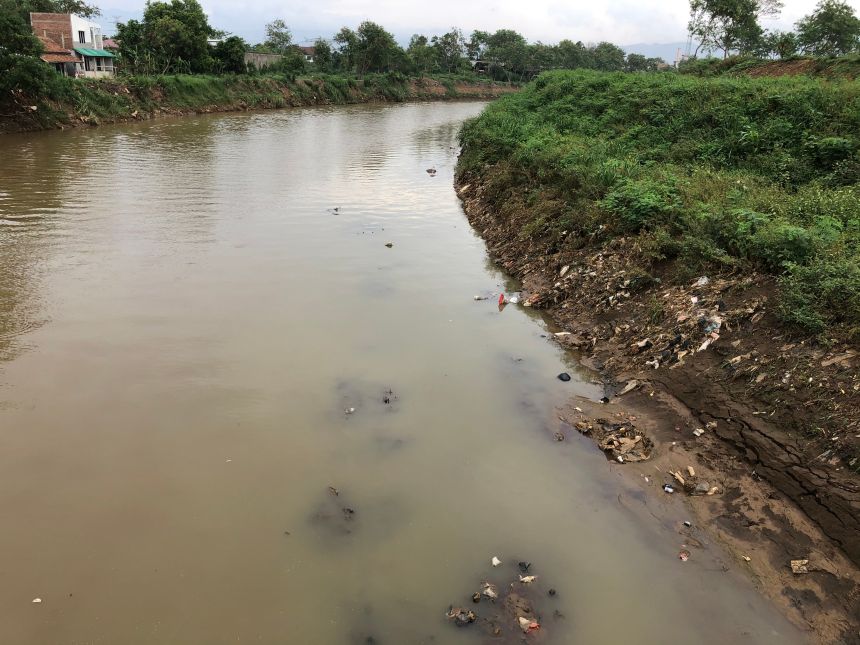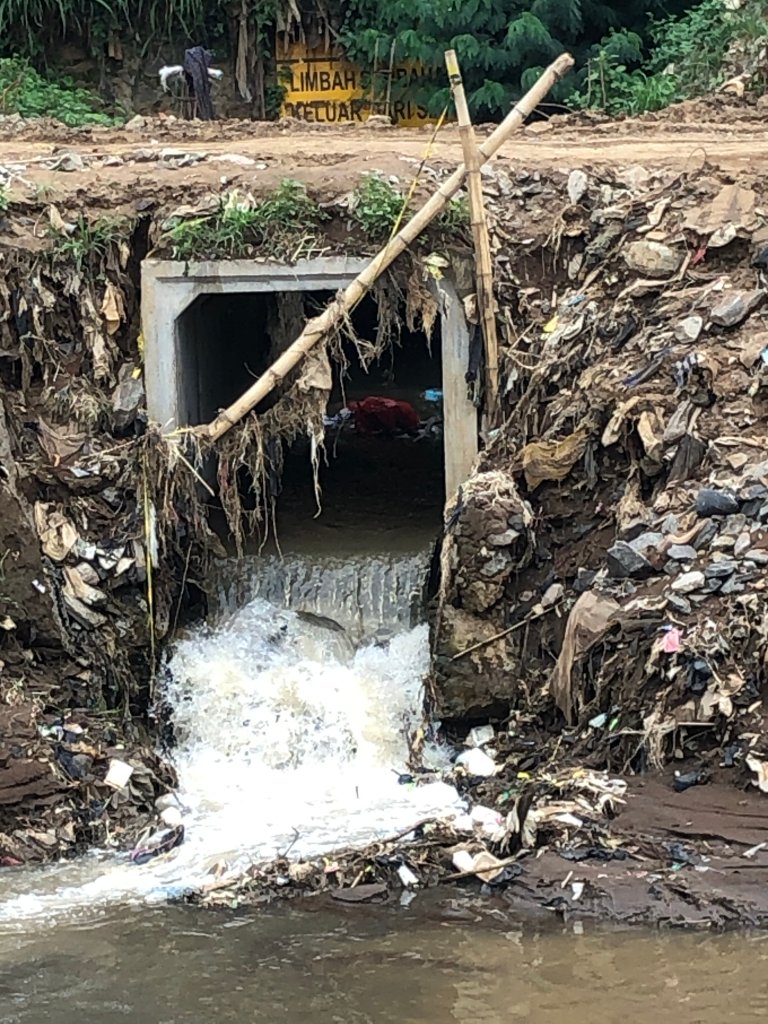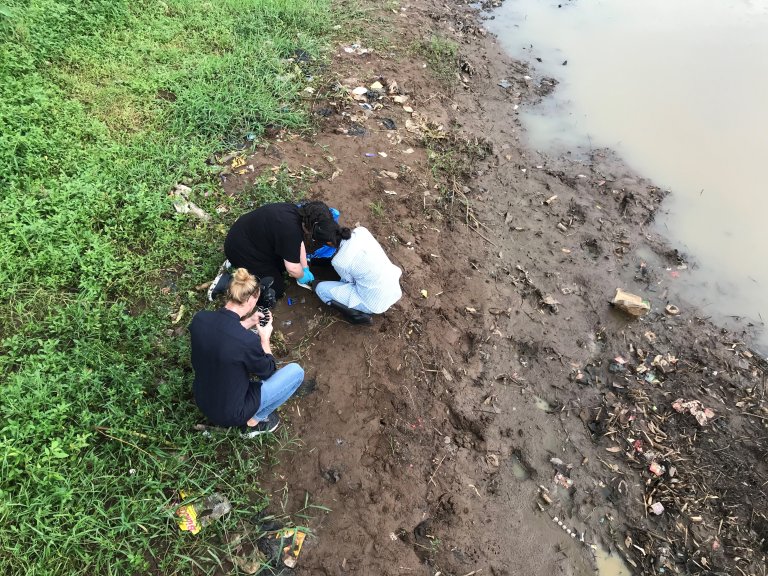
The "plastic rivers" of Asia play a key part in the fight against plastic in the ocean
It has often been named the world’s most polluted river: Citarum, on the island Java in Indonesia. Tons of garbage and wastewater finds its way every day into the once pristine river. Layers upon layers of waste accumulates along the riverside and is flushed into the water during floods. Heavy rainfall often leaves the surface completely covered by unimaginable amounts of litter. The water still visible under all the waste is often discolored by hazardous chemicals.
Despite these deplorable conditions, close to 30 million people rely on Citarum for drinking water, irrigation and hydropower.
Rivers play a key role
Citarum may be an extreme case, but many of the world’s rivers and streams are severely affected by pollution. And plastic is often one of the culprits.
Many populous Southeast Asian countries have experienced rapid economic growth, improved living standards and increased material consumption. An explosion in the use of single-use packaging combined with underdeveloped solid waste management systems have led to massive challenges with plastic waste in the region. As an example, the landfill outside the Indonesian capital Jakarta is dimensioned to receive 2000 tons of waste every day. However, the actual waste generation rate in Jakarta is close to 9000 tons per day.

Less than 10 per cent of all plastic ever produced has been recycled. 80 per cent of all the plastic in the world is still located on land. If this plastic is not properly collected and managed, it’s likely to find its way into nearby rivers.
And rivers are excellent conveyor belts, with the sea as its final destination.
Household waste straight into the river
Surveys done by the Norwegian Institute for Water Research, NIVA, in several villages along Citarum river implies that only half of the population are aware of the environmental impacts of plastic pollution. Only one third are willing to separate their domestic waste.
The grim truth is that millions of people in Southeast Asia use rivers as dumping grounds. In many cases, however, there aren’t any proper alternatives - and rivers conveniently bring the waste out of sight and out of mind.
Plastic leakage must be stopped at the source
Beach clean-ups and other initiatives to remove waste are important measures to reduce exiting plastic litter from the environment. But to overcome the plastic challenge, we need to treat the cause and not just the symptom. We must turn the spotlight on the sources and causes for plastic leakage.
Removing existing plastic waste from the environment is just a band-aid solution.
However, there is no quick fix. Actors and systems are often intertwined: from production, through consumers, to mismanaged waste. Measures are required on many levels. Billions worth of investments in waste management infrastructure, better alternatives to single-use packaging, and increased consumer awareness are just a few examples.
Norway contributes with capital and knowledge
In 2018, Norway established a development program to combat marine litter and microplastics, which aims to contribute to Sustainable Development Goal 14.1: To prevent and significantly reduce marine pollution of all kinds by 2025. Between 2019 and 2022, the development program will use 1,6 billion NOK (roughly USD 172 million) to support projects who contribute towards eliminating plastic pollution, many of them in Asia. Several projects are managed by NIVA.

To date, there exist little reliable data on how much plastic is being transported by rivers and from what sources. Lack of information makes it difficult for local governments to identify and implement appropriate measures. NIVA is currently developing standardized monitoring methods in cooperation with local institutes and universities. These methods will be used to calculate how much plastic waste is being transported by the rivers, the fate of the plastic, and to map the sources.
This can in turn help to identify appropriate measures.
A global responsibility
At present, the global battle against marine plastic litter has gone astray. The international community are uniting forces against the plastic problem. To succeed however, we must also focus our efforts on rivers and upstream sources of plastic pollution.
The Basel Convention aims to control hazardous wastes and their disposals. Last year, the convention was amended to include plastic waste on initiative from Norway and high-release countries India and China. The willingness to establish a global treaty to combat plastic pollution is strong. Through building local capacity and strengthen the knowledge base for targeted, holistic solutions in Asia, NIVA will contribute towards this legally binding framework.
This article was first published at Science Nordic.
 Hans Fredrik V Braaten
Hans Fredrik V Braaten
 Marianne Olsen
Marianne Olsen
 Thorjørn Larssen
Thorjørn Larssen